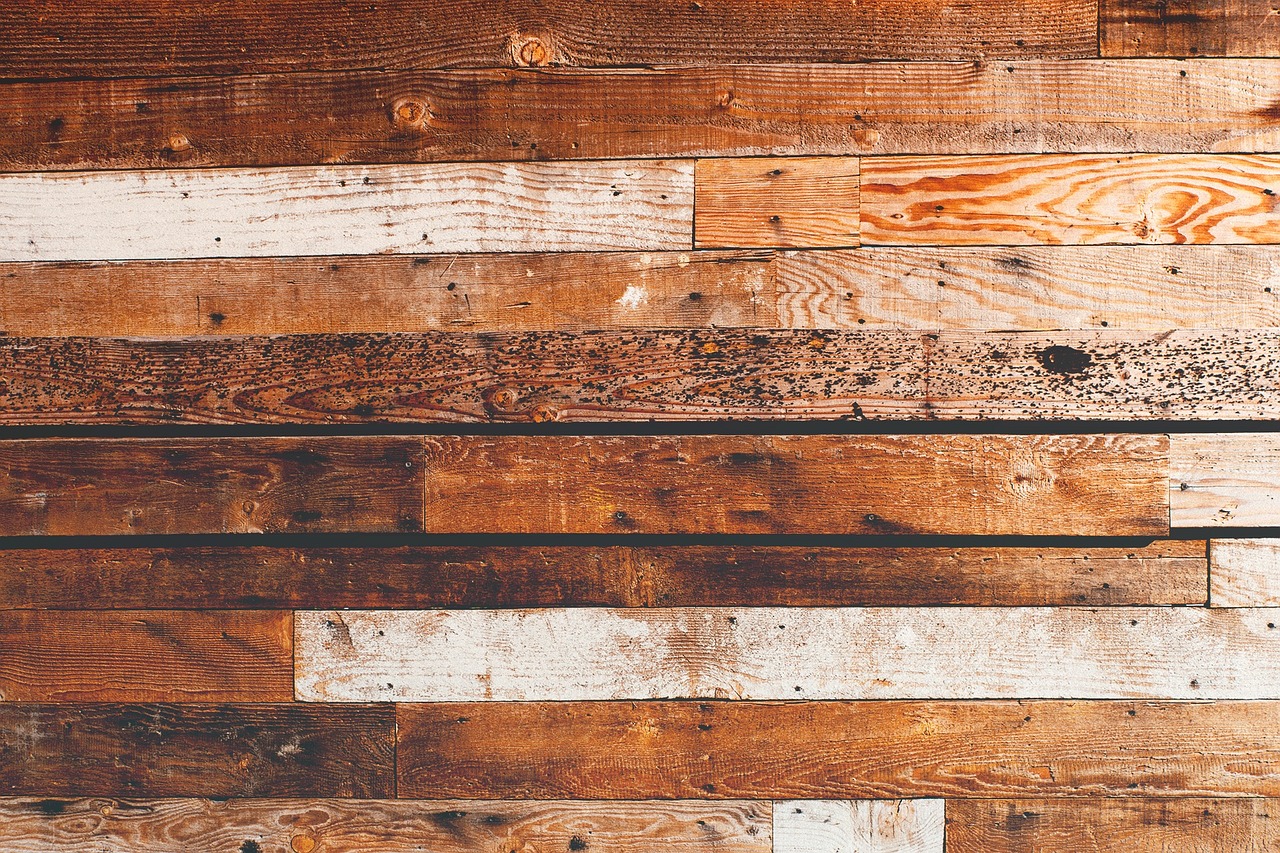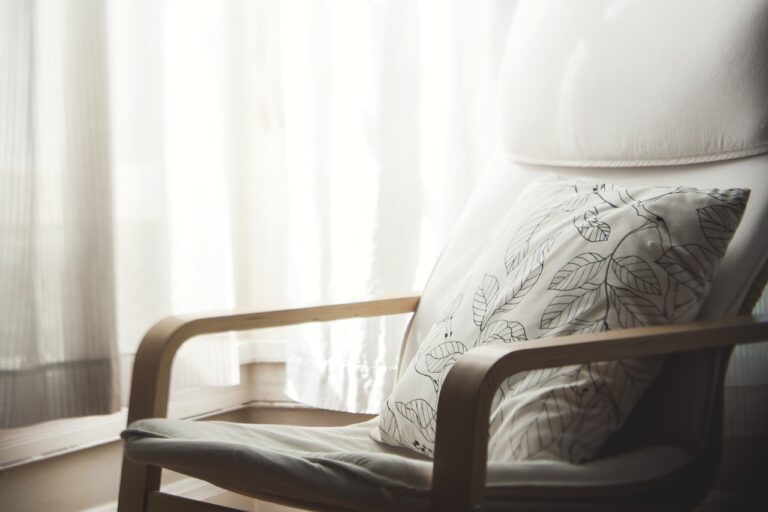Creating Inclusive Spaces through Universal Design Home Improvement
Universal design has become an increasingly significant consideration in home improvement projects as it aims to create accessible and inclusive spaces for individuals of all ages and abilities. By incorporating universal design principles, homeowners can enhance the usability and functionality of their living environment without compromising on style or aesthetic appeal.
Implementing universal design features in home improvements not only increases the overall convenience and comfort for occupants but also adds long-term value to the property. Features such as wider doorways, lever-style door handles, adjustable countertops, and walk-in showers not only cater to individuals with mobility challenges but also offer convenience and ease of use for all members of the household.
• Universal design principles aim to create accessible and inclusive spaces for individuals of all ages and abilities
• Enhancing usability and functionality without compromising on style or aesthetic appeal
• Features like wider doorways, lever-style door handles, adjustable countertops, and walk-in showers cater to individuals with mobility challenges
• These features also offer convenience and ease of use for all members of the household
Understanding the Principles of Universal Design
Universal design is a concept rooted in creating spaces that are accessible and usable for people of all ages and abilities. It involves designing environments that can be used comfortably and safely by everyone, regardless of their physical limitations or cognitive abilities. The goal of universal design is to promote inclusivity and independence for all individuals, whether they are children, adults, or seniors.
Key principles of universal design include flexibility, simplicity, and intuitiveness in design elements. Spaces should be adaptable to accommodate various needs and preferences, ensuring that everyone can navigate their surroundings with ease. By incorporating features like wide doorways, non-slip flooring, and lever-style door handles, homes can become more welcoming and functional for all occupants.
Adapting Home Spaces for Accessibility
When making changes to your home to improve accessibility, consider integrating features like ramps with non-slip surfaces or stairlifts for those with mobility challenges. Installing lever handles on doors instead of traditional doorknobs can make entry and exit easier for individuals with limited hand strength or dexterity. These small adjustments can greatly enhance the overall usability of your home for all occupants.
Another way to enhance accessibility in the home is by ensuring that pathways are wide enough to accommodate mobility aids such as wheelchairs or walkers. Removing tripping hazards such as loose rugs or cords can prevent falls and create a safer environment for everyone. Additionally, incorporating adjustable-height countertops and grab bars in bathrooms can offer added support and comfort, particularly for individuals with limited mobility.
What is Universal Design and why is it important in home improvement?
Universal Design is the concept of designing spaces and products to be usable by all people, regardless of age or ability. It is important in home improvement because it ensures that everyone can access and use the space comfortably and safely.
What are some principles of Universal Design that can be applied to home spaces?
Some principles of Universal Design include equitable use, flexibility in use, simple and intuitive use, perceptible information, tolerance for error, low physical effort, and size and space for approach and use.
How can home spaces be adapted for accessibility?
Home spaces can be adapted for accessibility by installing grab bars in bathrooms, widening doorways for wheelchair access, installing ramps instead of stairs, lowering countertops and light switches, and using non-slip flooring.
What are some common challenges faced when adapting home spaces for accessibility?
Some common challenges include budget constraints, structural limitations, finding qualified professionals to do the work, and ensuring that the adaptations meet all necessary codes and regulations.
Are there any financial assistance programs available for making home spaces more accessible?
Yes, there are some financial assistance programs available, such as grants, loans, and tax incentives, for making home spaces more accessible. It is recommended to research and inquire about these programs to see if you qualify.







